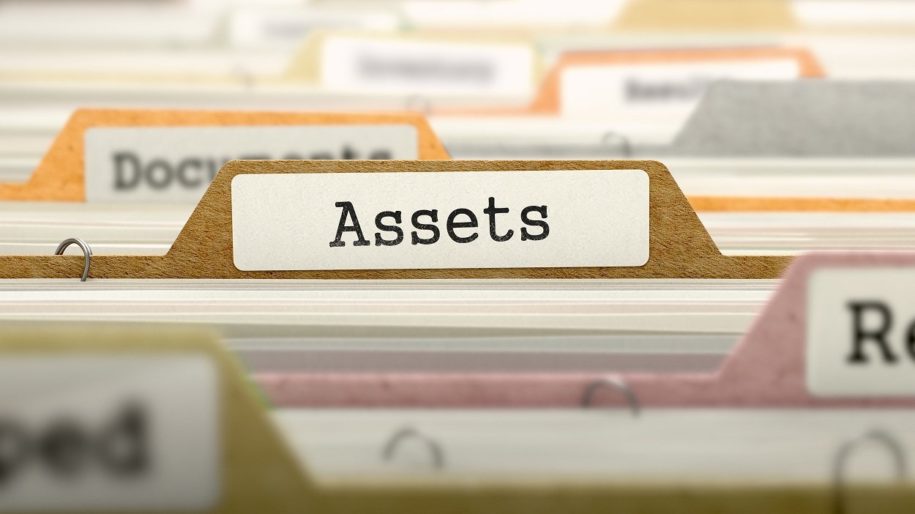Terminology is important. When you call something a "liability" or an "asset," you need to remember that you're not describing how we feel about that object or concept — you're using terms that someone in bookkeeping would use to relate to very specific concepts, like Accounts Receivable.
Let's take accounts receivable and accounts payable as examples to illustrate this important point.
Accounts Receivable vs. Accounts Payable — Liabilities or Assets?
Accounts receivable, which represents the amount of money that debtors owe you, is an asset. Accounts payable, which represents the amount of money you owe someone else, is a liability.
Many people might think that seeing accounts payable in the general ledger would represent a liability because it doesn't represent money in the bank, but that payment will actually come in at a future date.
While both accounts receivable and accounts payable will show up in a company's balance sheet, they have very different purposes.
Why Is Accounts Receivable Considered to Be an Asset?

Since the receivable balance is based on a large or small business's outstanding invoices — and invoices represent a legal obligation on the part of customers to pay — it's considered by lenders to be a representation of the strength of your business.
Even though every accounts receivable journal entry represents money you technically don't have — and accounts receivable definitely isn't a cash account — it's still considered to be a current asset.
As an aside, current assets are short-term assets because they can be converted into cash within a fiscal year. Noncurrent assets are long-term assets or fixed assets, which are useful over a long period of time to a company (including vehicles, buildings, real estate, etc.).
Back to accounts receivable as assets and how they're helpful. Let's say that you're a business owner and your company needs to borrow money like a working capital loan. You have a large number of assets in the form of accounts receivable and, factoring in good payment rates and other positive financial solvency, your history of collecting on outstanding invoices is solid.
The bank would see these positives and you could likely get some excellent rates for short-term liquidity.
Remember also that your net income is calculated by dividing operating profits by your assets, which includes accounts receivable. Accurate reporting in this area will be beneficial when tax time comes around!
Why Is Accounts Payable a Liability?

The reason accounts payable is a liability account is because it represents credit sales or unpaid debt. Rather than debits, which would mean the money came out of your account balance immediately, they are representative of money outstanding that would cause problems if your company never paid them.
Just as accounts receivable represents a current asset, accounts payable represents a current liability. Current liabilities refer to a company's short-term obligations that are due within one year. The company's accounts are strongest when accounts payable is kept to a minimum or, even better, stands at zero.
Are There Times When Accounts Receivable Is Bad?

When it becomes impossible to collect on accounts receivable, you have what's known as a bad debt expense. Perhaps you've tried to collect on the debt, sent dunning letters, contracted with collections agents, and still never got the funds.
If your company extended credit to a customer and they can't pay, you'll have to report the bad debts as an allowance for doubtful accounts in your company's balance sheet. Bad debt expenses get recorded in the income statement, which is one of the three key financial statements for your company (along with the balance sheet and statement of cash flows).
What Can I Do About Bad Debt?

When filing taxes in the U.S., you'll have to write off the bad debt as an expense. Now, if you use accrual accounting, simply writing it off won't work because it violates the matching principle.
The matching principle only allows expenses to have related revenues during the same accounting period in which the revenue transaction happened.
What About the Accounts Receivable Turnover Ratio? Is that Important?

The turnover ratio is essential for understanding how well a business collects debt and offers credit.
Divide net credit sales by the average accounts receivable to find your ratio. The higher the ratio, the more efficient your company is at turning over accounts receivable into money.
A low ratio could mean that your company isn't very effective at collecting on debts and could spell financial trouble in the future, as well as difficulty borrowing money.
Are Prepaid Expenses Assets?

While accounts payable is a liability because it represents money you haven't paid yet for goods or services, prepaid expenses are current assets because they represent money you've set aside to pay for those goods or services.
This doesn't mean that there can't be problems associated with prepaid expenses, though. If your company pays but never receives the entirety of what was paid for, it can be difficult or impossible to get those funds back.
Are Notes Receivable and Accounts Receivable the Same Thing?

These concepts are similar, but notes receivable are more formal. Notes receivable involve promissory notes that have to be signed by both the customer and the company. They also contain far more information about payment terms, they are often negotiable, and they can include noncurrent or current assets. They are both recorded in a company ledger as customer debts but are different in their execution and purpose.
Make Accounts Receivable Easier than Ever Before with HappyAR

HappyAR is a seamless SaaS that quickly and easily boosts your accounts receivables work. We save companies of all sizes thousands of dollars each year by optimizing the speed and efficiency of their collections methods. No more guessing if someone has received an invoice or trusting that it will be paid on time. This is a fully integrated solution that pays for itself over and over each month by preventing defaults and preserving client relationships.
HappyAR is an ever-evolving toolkit that helps optimize your invoice collections process and our solution starts at $0/month and scales up based on your invoice volume. Visit us at www.happyar.com to learn more.

